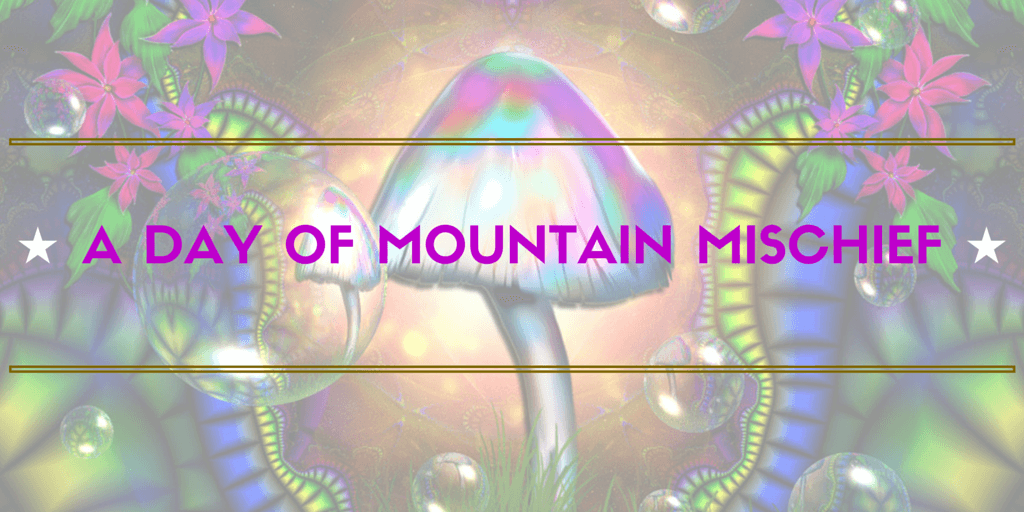
Magical Mushrooms and Adventures in Vilcabamba
I was married to a mischievous man, and I am naive by nature. It was in the early days of our marriage when we were living in Vilcabamba, Ecuador, that I found myself unwittingly caught up in one of my husband Raulʼs ploys. His plan was to convince me to venture out into my new and strange world of Andean life. As usual, the purpose of the adventure was two-fold: immersion into the new culture and language while accomplishing some sort of important task. At the time, this was necessary training for survival in Ecuador, and on this day specifically, in the Andes.
My task was to take a bus through the mountains to a cow pasture known to be rich in mushrooms. I was to gather as many mushrooms as possible and bring them home for dinner. Gathering food was a daily necessity. Since we lived where there were farms but no markets, the locals were of the habit of helping themselves to the rich bounty that grew wild all around us. I was learning to identify and gather edible plants, medicinal herbs, fruits, seeds and fire wood. I used these to prepare our meals and home remedies. This was a daily process. Without gathering, there wouldnʼt be enough to eat. Though we grew our own food, there was much that grew wild. For anyone who wanted to gather, there was plenty to enjoy. It was the “campesino” lifestyle.
Andean people donʼt eat mushrooms. At the time I didnʼt know why, but I didnʼt question this either. Now I am a little wiser and know to research these things. When Raul suggested that I gather some, I was simply excited to have mushrooms for our omelets. Henrietta, our laying hen, was producing a “bumper crop” of eggs, and mushrooms combined with our garden vegetables would make such satisfying omelets.
Normally, food gathering was done by hiking up and down the mountainside into mountain meadows or walking along the nearby river. I was familiar with the paths and easily found an abundance of wild edibles for our meals. To gather mushrooms, however, entailed a bus ride into the higher elevations. With no particular schedule but on somewhat regular intervals throughout the day, a bus passed down the mountain from our cottage. I had to listen carefully for the approaching busʼs horn, and if I scurried down the mountainside quickly enough, I could catch the afternoon bus. Raulʼs instructions to me were to keep a lookout from the bus window until I saw cow pastures, and then ask the driver to drop me off.
Andean buses were a curious mixture of vintage Mercedes Benz engine and cab merged with a school bus rear end that provided seating for travelers and their smaller livestock. Locals called this “el mixto”. The driver sat in the cab with a small statue of Jesus propped on the dashboard. Brightly colored wool fringe interwoven with tiny blinking Christmas tree lights dangled from the top of the inside windshield. The radio blared either heart wrenching ballads or a soccer match. Male travelers with bundles of farm goods wrapped in burlap and tied with rope rode the roof of the bus. Pigs, sheep and chickens accompanied them above. Whatever livestock could not fit up top rode with the passengers down below. With every bump, turn and swerve the roof travelers threw their body weight to and fro, their method for securing their place on the rooftop rather than being flung off the mountainside. At the same time, the deliberate shifting of body weight helped to keep the bus upright as it slowly made its way along the steep mountain roads. Treacherous is a word that comes to mind when I think of this type of travel. There was a reason Jesus on the dashboard always accompanied us on these trips.
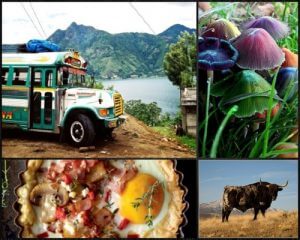
The road, two deeply rutted dirt lanes, hugged the mountain cliffs on one side and teetered over deep ravines on the other. Our “mixto” windows had no glass, and I was happy to be wearing my poncho, a hand spun piece of art made by a local artisan. I recall admiring the beauty of my poncho. I had seen the local Andean ladies spinning sheepʼs wool on tiny hand-held wool spinners as they trudged to market with a baby on their back and wearing their own hand crafted ponchos. After spinning the wool, it would be hand died and then hand woven into a calf-length wrap. My poncho was particularly beautiful. Stripes of emerald, indigo, garnet and cream ran vertically from shoulder to knee where threads were carefully hand-tied to create a bright finishing touch, a lavish cascading fringe. As the bus slowly made its way up the incline into the clouds, the temperature dropped drastically and rapidly. One moment we were in the glorious equatorial sunshine, and the next moment clouds literally entered the bus, invoking the feeling of magic in this mystery tour, but also calling for warm clothing.
Suddenly, after rounding a tight bend in the road, the landscape changed. The deep ravines disappeared and an expanse of lush green pastures lay ahead of us. I signaled the bus driver to let me off. Quickly, I was headed for the fields. From my roadside perspective I could see in the near distance thick clusters of mushrooms standing upright, all free for the taking. I gleefully scurried toward the closest cluster and eagerly bent to pick them, but something stopped me in my tracks. The mushrooms were growing directly out of cow dung, not rich aromatic soil as I had imagined, but out of animal waste. Frankly, this stopped me in my squeamish tracks. I spotted another cluster growing a few steps away and decided Iʼd rather have those, until I saw that they, too, were growing out of cow dung. It became clear to me as I looked around the pasture, that all of my precious mushrooms were growing from dung. I had to think about this. Did I want to eat something so foul no matter how flavorful?
I had time to walk and contemplate my dilemma. I finally decided that Raul would not send me for mushrooms if we couldnʼt eat them, and I began to gather as many as I could. I made a vow to myself to clean them carefully before throwing them into the omelet pan. The pasture was rich with mushrooms. I carefully picked each one by sliding my fingers up the stem. Then I lifted carefully from under the cap. The whole and perfect mushrooms easily slipped into the palm of my hand. I happily gathered dozens until I saw that the sun would be setting soon. I had lost track of the time, but I knew it was time to head back to the road in hopes that the next bus would not delay in making its way to pick me up for the return trip home. As I approached the road, I decided to take one last look at the pasture behind me. In the distance something caught my eye. Something that I had not seen earlier. I stood still for a moment to focus on the distant object. It appeared to be approaching me. At first I thought a cow, perhaps. But no cow I had ever seen had such a massive head and chest, such long floppy ears and a loose flap of skin flapping from its neck. I blinked and looked again. Was that a hump on its back? What was this creature? Something mythical and magical, it seemed. I kept it tightly in my line of site as I tried to assess the situation. I wanted to know: how did it go from seeming to be the size of a pig to the size of a tank in a matter of seconds? And then it occurred to me. The beast was moving fast, coming straight for me, and I had little time to waste in making my getaway.
Suddenly I heard the bus horn and a chorus of “Corre! Corre!” “Run! Run!” The passengers were yelling and waving their arms frantically for me to get myself on the bus as quickly as possible. I sprinted away from the humpback creature and toward the bus, all the while tightly holding onto my precious cache of mushrooms.
I scrambled onto the bus. There was a seat for me next to a little man of advanced age. He wore his straw hat tipped forward over his brow. His sandals were caked with the soil of the fields. Wrapped securely in his burlap bag were the earthy treasures of the dayʼs trip, most likely picked fresh from a nearby vegetable patch for the evening meal. We all looked out the window as we drove away, keeping an admiring eye on the large animal as it contentedly munched a clump of grass by the roadside. It seemed we collectively admired its grand beauty, and in the mumblings of my fellow travelers, I heard the word “Brahma” repeated several times. And thatʼs when I made the connection to the Brahman breed of cattle imported to the United States from India. In my hyperactive confused state of mind, I understood that the Brahma I had just encountered was probably just curious about me and of no threat, but I didnʼt understand why the passengers were yelling at me to run.
At peace and comfortably seated on the bus, the long slow ride down the mountain lulled me into a restful state of mind. I saw that the other passengers were also affected by the quiet beauty of the mountain and the easy swaying of the bus as the descent continued. It wasnʼt long before the little man next to me was sound asleep with his head on my shoulder. Something told me it was ok, and I enjoyed the unexpected feeling of kinship with this little man so different from me and with the other travelers who had their own destinations and stories to tell once they arrived.
I sat in quiet repose on the rickety mix of bus and truck and found myself admiring my beautiful poncho, each thread a work of art and love produced by skillful weathered hands. I feasted my eyes on the long graceful stripes, making a mental note to remember the undulating colors, long graceful currents of soft wool which mimicked the flow of the river currents in the deep ravine below us. This poncho had been a gift from Raul. I felt myself falling more in love with him as I sat there with my mushrooms. I had deep appreciation for the poncho, the artisans who created it, the soft highland wool they spun and died, the fertile pasture lands, the mountain, the Brahma, the little man asleep on my shoulder, Jesus on the dash board, the skillful driver and my life in the Andes.
Immersed in my bus trip reverie, I noticed my fingertips were stained purple. I rubbed at the stain, but it didnʼt budge. I tried to understand how and when it had happened. I knew that my hands had been free of stains when I began picking the mushrooms. I remembered feeling the silky edges of the mushroom stalks and the rough undersides of the caps as I carefully picked each one. I decided to look at the mushrooms that I had picked. I saw that the undersides were deep, dark purple, indigo to be exact. I matched the mushroom indigo to the stain on my fingertips and saw a color match. I made a mental note to wash my hands at the river before going home.
By the time the bus dropped me off down the mountain from my house, I knew I had to make haste to get home before it was too dark, as there was no electric lighting in our region, and traversing the mountain paths in complete darkness was asking for trouble, not from other humans or hungry animals but rather from cliff edges and low hanging tree branches, the kind known to poke out the eyes of nighttime travelers. It was too late in the day to take a side trip to the river to wash my hands.
My homecoming that evening was sweetened by the fact that I had done well on my mushroom hunt. On any given day, bringing food home was an act of love. The day had been invigorating, and my spirits were high. I wanted nothing more than to be home preparing a dinner of Henriettaʼs eggs with fresh mushrooms. That day each step of the normally physically grueling hike up the mountain to our cottage was strangely transformed into an escalator ride in the clouds, as I like to describe it, effortless, light- hearted, peaceful, a stairway to heaven, of sorts. Up above I saw Raul standing on our porch, watching me ascend the mountainside, his head slightly cocked to one side, a slight grin on his face and a quizzical expression in his eyes. When I reached the top step, he mischievously asked me, “Papusita, did you eat the mushrooms? I think I forgot to tell you they are magical.”
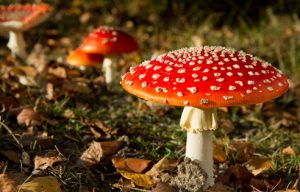
Authorʼs Note: Psilocybin mushrooms produce an enzyme which creates a blue pigment. When the flesh of the stem or cap of a fresh mushroom is bruised or damaged, as in my case from human handling, an enzyme in the spores occurs which oxidizes as it comes into contact with the air. This causes the damaged area of the mushroom to turn blue. My fingers were saturated with the blue enzyme, and as the skin of the fingertips is very delicate, the psylocybin easily penetrated my fingers and entered my bloodstream causing an altered state of mind, one which I was completely unaware of until Raul informed me of the mushroomsʼ magical quality. Needless to say, I enjoyed the unexpected mood enhancement. Raul had to wait for his enjoyment until the following day when I made him the promised omelet.

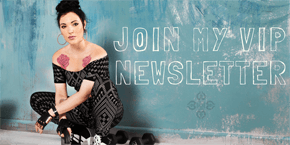
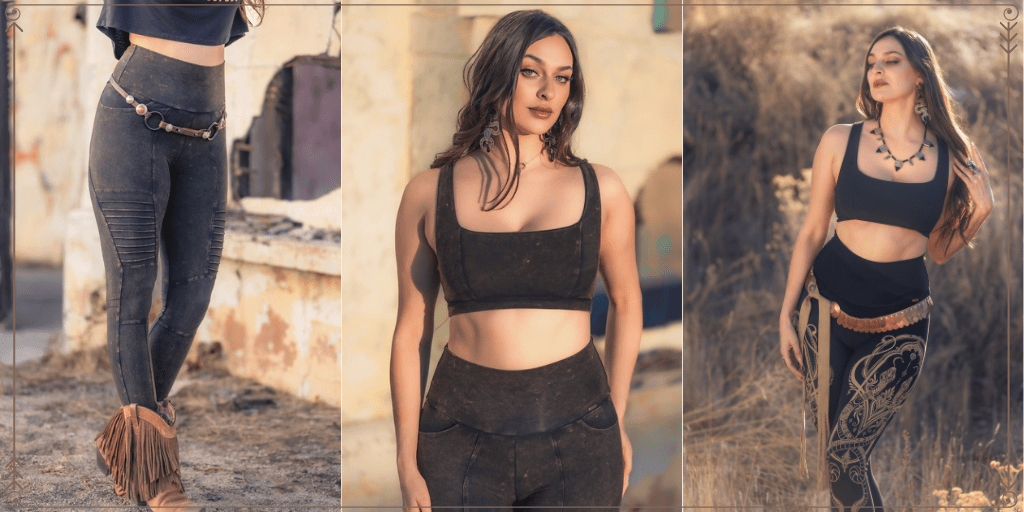

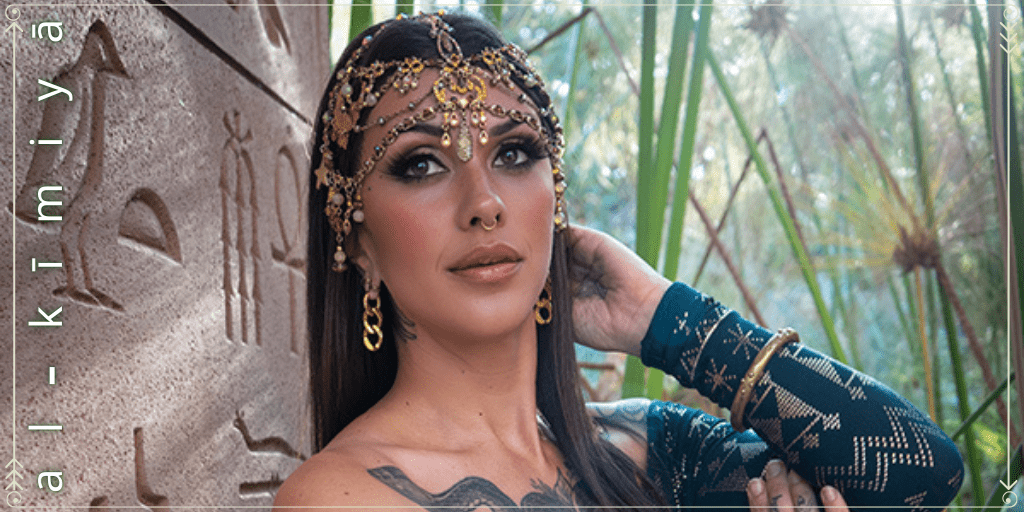
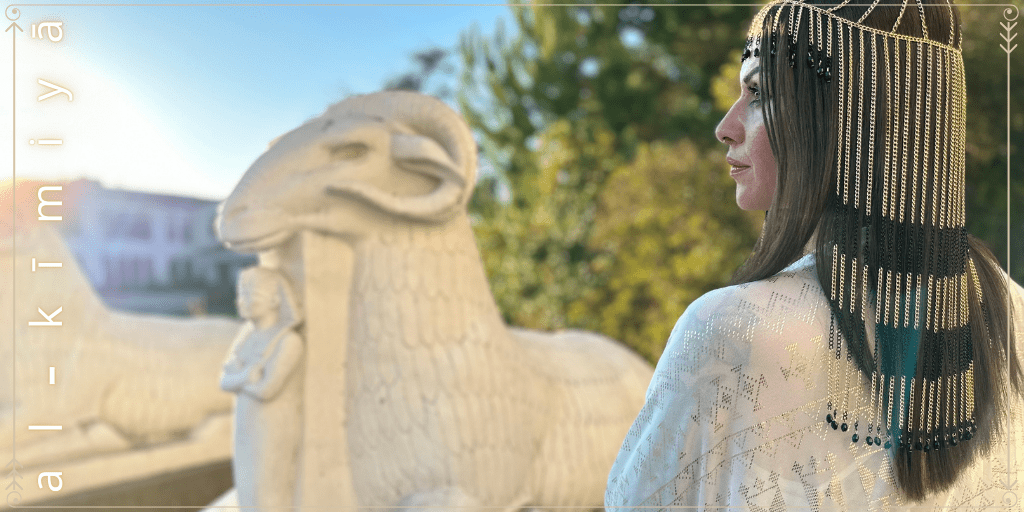
One Comment
Words can’t convey how special this is for me to read. Thank you for painting beautiful memories in the landscape of my mind.